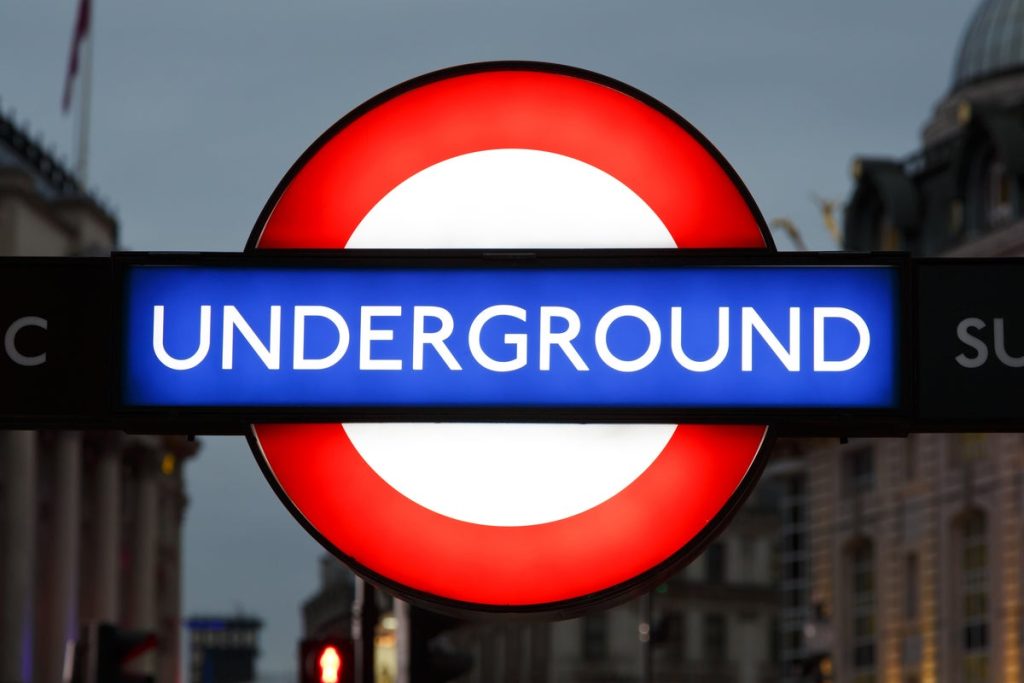Commuters face travel misery as London prepares for a series of Tube strikes this week.
From 6pm on Friday, 5 September, some union members at the Ruislip depot in west London will walk out for 24 hours.
Then, from Sunday 7 September, different groups of RMT members will walk out across the Tube network each day, with the aim of bringing operations to a halt. Every Underground line will be affected during this period.
Coldplay have rescheduled the final two dates of their Wembley Stadium gigs, citing the impending London Underground strikes as the reason.
When is September’s Tube strike and what lines are affected?
The strikes will last a total of six days: from Friday September 5 to Thursday September 11.
Every Underground line will be disrupted from Sunday 7 September until Thursday 11 September. The Elizabeth line and the London Overground will remain unaffected.
The DLR will be shut on September 9 and 11. On these days, no DLR services will be available at any time.
Buses and national rail services will continue to run as usual.
A timeline of September’s Tube strike
Friday September 5: Depot operational control managers at Ruislip will walk out from 6pm, although minimal disruption is expected.
Saturday September 6: Minimal disruption continues.
Sunday September 7: No service on Underground lines.
Monday September 8: No service on Underground lines.
Tuesday September 9: No service on Underground lines or DLR.
Wednesday September 10: No service on Underground lines.
Thursday September 11: No service on Underground lines or DLR.
The full list of Tube lines affected by September’s strike
- Bakerloo
- Central
- Circle
- District
- Hammersmith & City
- Jubilee
- Metropolitan
- Northern
- Piccadilly
- Victoria
- Waterloo & City
How to get around London during the Tube strike
The Overground, Elizabeth line, buses and rail services will continue to operate as usual, as their staff belong to a different union.
The DLR will be shut on September 9 and 11, but not the days in between.
It is advisable to plan journeys in advance as the services that are available are likely to be busier than usual. Planned engineering works on the Overground might also lead to delays, while some Elizabeth line and Overground stations could have limited access if their staff choose to strike.
TfL recommends walking or cycling where possible. For more advice about strike-proof routes, visit the TfL website.
How to get to London’s airports during the Tube strike
Heathrow
The Piccadilly line will be out of action during the Tube strike, so travellers are advised to use the Elizabeth line to get to Heathrow. Alternatively, the Heathrow Express runs from Paddington. National Express also operates coaches to the airport.
Gatwick
Gatwick will be accessible via the Gatwick Express train, which runs from Victoria station. Thameslink trains also run from Blackfriars, Farringdon and St Pancras.
Stations may prove harder to access as a result of the strike – as the Circle, District, Hammersmith & City, Victoria, Northern, Piccadilly and Metropolitan lines will not be running. Buses, however, remain in action. National Express also run coaches to Gatwick from across the city.
Stansted
The Stansted Express train runs from Liverpool Street and Stratford via Tottenham Hale to the airport. In order to reach those stations, however, travellers will have to take buses.
London City
The DLR, which is the main public transport approach for London City passengers, will be impacted by the strikes. The recommended approach is on the Elizabeth line to Custom House and then take a short bus ride (473 or 300) to the airport. The 129 (Newham to Woolwich) and 474 (Canning Town to Manor Park) also serve the airport.
Luton
Thameslink trains from central London have the most rail departures to Luton Airport Parkway, from where the Dart monorail runs to the airport terminal. The Luton Airport Express also runs from London St Pancras International. National Express coaches run from Victoria Coach Station and Paddington.
What have the RMT union and TfL said about the September Tube strikes?
The RMT union said London Underground (LU) bosses have “refused to engage seriously with union demands on pay, fatigue management, extreme shift patterns and a reduction in the working week”.
RMT members “voted in overwhelming numbers to take strike action,” the union said.
Eddie Dempsey, general secretary of the RMT, said: “Our members are doing a fantastic job to keep our capital moving and work strenuous shift patterns to make sure Londoners get to their destinations around the clock.
“Fatigue and extreme shift rotations are serious issues impacting on our members health and wellbeing – all of which have not been adequately addressed for years by LU management.”
A spokesperson for TfL said: “Given the improvements we have recently put in place in response to concerns raised by our unions, we urge the RMT to put our fair, affordable pay offer to their members and to continue to engage with us rather than threaten strike action, which will only disrupt Londoners.”
How much do Tube drivers earn and what hours do they work?
In November 2024 TfL said: “The current fixed salary for a full-time Tube driver is £68,096.”
The current shift pattern involves five days of working around 36 hours, with an average of seven hours and 12 minutes per day plus an unpaid 30-minute meal break. Shifts start at 4:30am and finish as late as 2am, while Night Tube drivers work from 11pm until 7am.
Drivers get a minimum of 29 days of annual leave plus public holidays. They also get free travel for themselves and a nominated partner or family member on the TfL network, and discounts on Eurostar trains.
Read more: Six ways to fix Britain’s broken rail fare system

